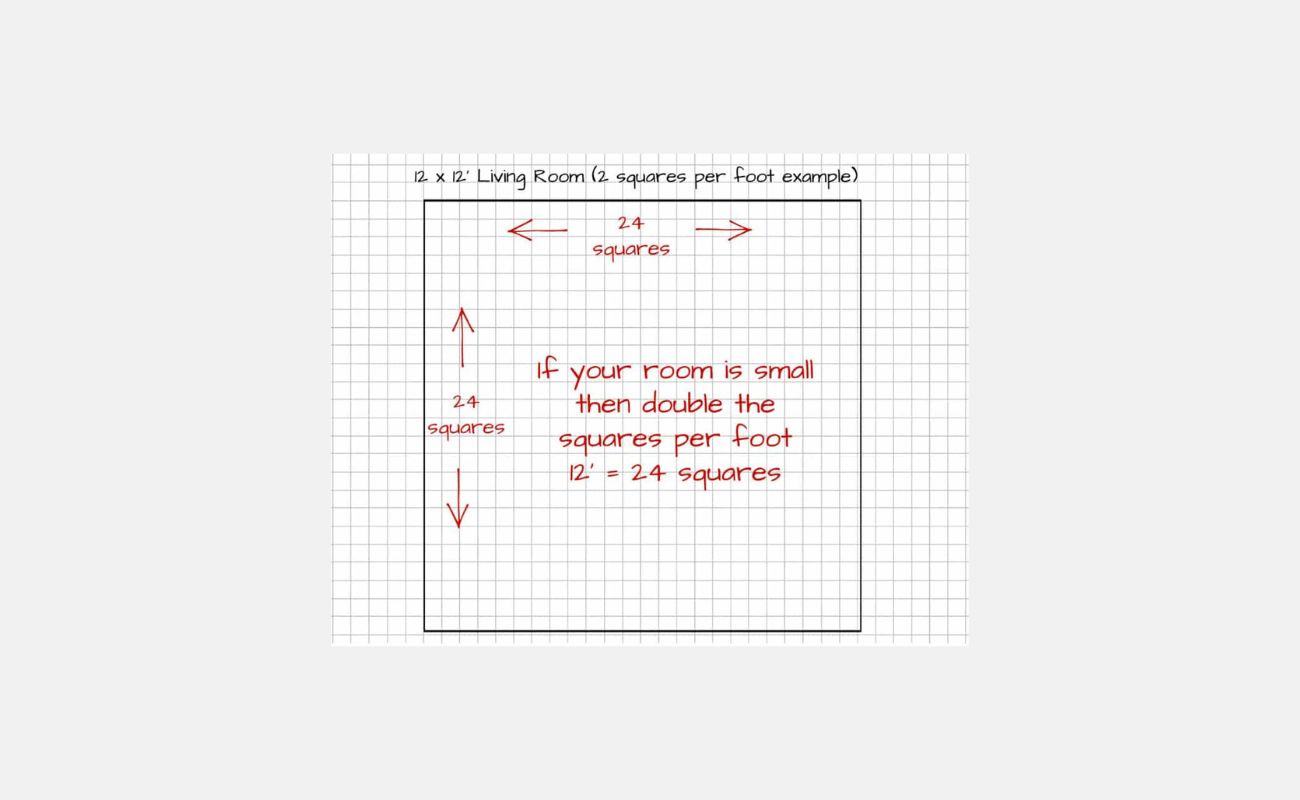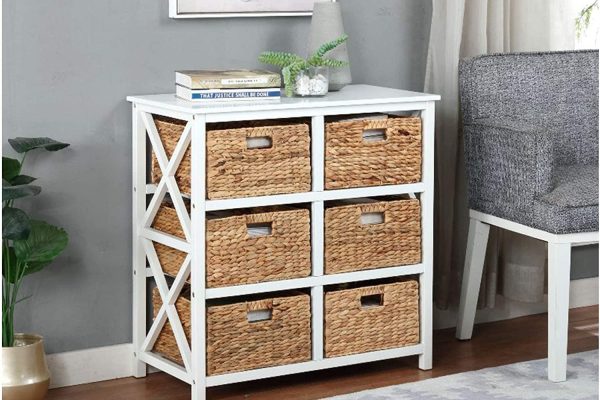Home>Craft Storage>Home Décor: A Step-by-Step Plan for Scaling Your Craft Business


Craft Storage
Home Décor: A Step-by-Step Plan for Scaling Your Craft Business
Modified: January 4, 2024
Read on to learn how crafting companies establish a framework for long-term growth, ranging from sales and marketing tactics to legal considerations.
(Many of the links in this article redirect to a specific reviewed product. Your purchase of these products through affiliate links helps to generate commission for Storables.com, at no extra cost. Learn more)
Often, beginning a craft business is a real labor of love. You may start out simply because you enjoy making things, and desire an outlet to share your creativity with the world. Sooner or later, though, your crafts can really start to find a wider audience. And when that happens, you’ll naturally want to start thinking about a strategy for scalable growth.
There are a number of steps that crafting companies can take to establish a framework for long-term growth, ranging from sales and marketing tactics to legal considerations. Here’s a full rundown.
How to Scale Your Crafting Company
Read more: How To Scale Construction Business
1) Choose the right legal structure.
When you start generating business revenues on the basis of self-employment, you’re automatically considered to be a Sole Proprietor in the eyes of the government. Sole Proprietorships can be great when you’re just starting out, but as you start thinking about scaling, it’s beneficial to register your company as an LLC.
Here’s the difference. When you’re a Sole Proprietor, there is no legal distinction between business assets/liabilities and personal assets/liabilities. So, if you run afoul of a creditor, or someone brings a lawsuit against the company, you could be personally on the hook for it.
An LLC actually creates a separate business entity, which helps you protect your personal wealth. This is especially relevant when you’re looking to scale your business, because it means that you can enjoy peace of mind about your personal financial security even as you make strategic investments in the company itself.
The requirements for forming an LLC vary a bit by state. Just as an example, here is a guide for forming an LLC in Texas. But generally speaking, the process looks a little like this:
- Choose a name for your company.
- Select a Registered Agent.
- File your Articles of Organization with the state, paying the LLC registration fee.
- Draft an Operating Agreement (establishing how your company will be run).
- Make sure you have a business bank account and an employer identification number, or EIN.
The bottom line: The LLC is a legal structure that can position your crafting company for long-term growth.
2) Get your products into local shops.
Every community has stores that sell local and handmade goods. Establishing partnerships with these local merchants is one of the best ways to build your brand footprint, to spread the word about who you are and what you do, and ultimately to start expanding your clientele. And actually forming these relationships is often as simple as putting in the legwork, calling around to arrange a time to come show off your wares.
Incidentally, it’s important to think beyond just local retailers. For instance, real estate agents are always looking for unique gifts they can provide their clients at closing. Be on the lookout for these partnership opportunities as you seek to get your crafts or home decor products into wider circulation.
3) Step up your digital marketing efforts.
Naturally, communicating the value of your crafting business requires a focused, strategic investment in digital marketing. That doesn’t mean you have to set up an account on every single platform. Rather, it means choosing the channels best-suited for success in the home decor space.
A few recommendations include:
- Start making some videos. Whether it’s a behind-the-scenes look at your creative process or a simple video gallery of your latest crafts, you can generate a lot of engagement through Reels, TikToks, or quick videos uploaded to the social media channel of your choosing.
- Consider an email newsletter. Email newsletters are ideal for staying connected with previous buyers, or with anyone who has expressed an interest in your aesthetic. Even a simple monthly update, promoting new products or special deals, can be impactful.
- Experiment with paid advertising. While you can and should try to get some organic reach on Facebook, Instagram, and other platforms, you may also find it worthwhile to try out some paid ad activity.
- Engage in influencer marketing. For artisanal products, the endorsement of an influencer or micro-influencer can go a long way. As you find social media personalities whose tastes seem to overlap with your own aesthetic, reach out and see if you can send over a product sample for potential coverage.
- Create buyer personas. As you build out your clientele, keep track of some of the key demographic touchpoints, using them to create buyer profiles for guiding your future marketing messaging.
4) Invest in automation.
As you take on more and more customers and more and more orders, you’ll naturally need to be judicious in how you use your time. To maximize efficiency, it’s important to invest in automation technology, allowing you to devote more time to actually designing your products.
There are plenty of aspects of business ownership that you can automate, from social media posts to invoicing. Seek opportunities to work smart, freeing more time to do hands-on creative work.
Read more: How To Make Your Weight Lighter On A Scale
5) Hire personnel.
Automation is one thing, but it’s no substitute for developing a staff. Whether it’s someone who can help you assemble products, make sales calls, or package orders for delivery, the right team can help you keep pace with a higher volume of orders.
Also keep in mind that outsourcing is a viable option. One of the most effective ways for craft businesses to outsource is by enlisting third-party fulfillment companies. These businesses can help you with processing, packaging, and delivering orders. Yes, there is obviously a cost here, but it can ultimately be well worth it as you scale up the number of orders you take on.
6) Be sure you have a good website.
Whether you’re using Etsy, Shopify, or a stand-alone website, it’s important that you create a welcoming experience for potential customers. Here are a few especially important considerations:
- Site performance. Your website needs to load quickly, ideally in four seconds or less. Test the site on multiple browsers and devices to ensure it’s performing the way it should.
- Responsiveness. A responsive design means that the site is easy to read and to navigate even on a mobile device. Again, do a quick check to ensure a mobile-friendly design.
- Clear navigation. The best sites have clean, simple architecture, allowing customers to find the specific page they need in no more than two or three total clicks.
- Calls to action. There should be clear calls to action throughout the page, leading potential buyers down the sales funnel and pressing them to take the next steps.
7) Have an effective invoicing process.
Sustainable, scalable growth requires you to maintain a steady cash flow. And you can’t maintain a steady cash flow if you’re not getting paid promptly.
Most of your direct consumers will pay at the point of purchase, but for merchant partners, you may have a more formal invoicing process in place. Be sure you’re using an invoicing platform that sends those bills out promptly, and make sure you have a good system for following up with any customers who don’t pay up in a timely manner.
8) Cultivate reviews.
Online reviews can make a world of difference for growing businesses. Not only can they foster enthusiasm about your brand, but they can also have a direct, positive impact on your search engine prominence.
Great reviews don’t always happen by accident. Instead, you’ll need to actively seek them out. Some ways to do so include:
- Prominently display your review profile links on your business website.
- Send follow-up emails to your customers, asking them to take a moment to provide feedback.
- Include review links on your invoices and receipts.
- Feature favorable reviews in your social media.
Read more: How To Know If Your Weight Scale Is Accurate
Establish a Thriving Home Decor Business
The bottom line: Craft businesses are well-positioned for ongoing growth. By following these steps, you can ensure that your home decor company is set up for continued scalability and sustainable success.
Was this page helpful?
At Storables.com, we guarantee accurate and reliable information. Our content, validated by Expert Board Contributors, is crafted following stringent Editorial Policies. We're committed to providing you with well-researched, expert-backed insights for all your informational needs.














0 thoughts on “Home Décor: A Step-by-Step Plan for Scaling Your Craft Business”